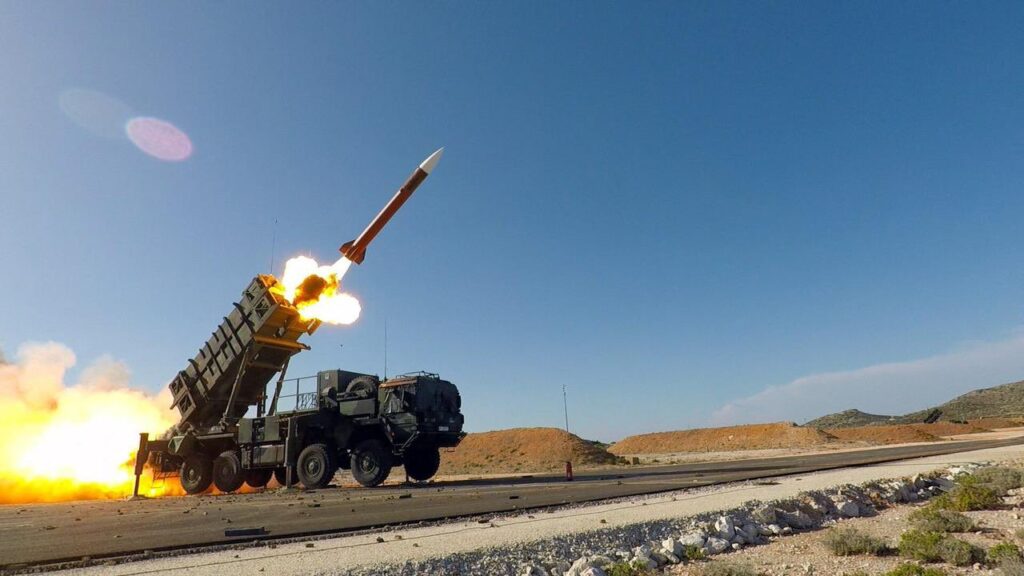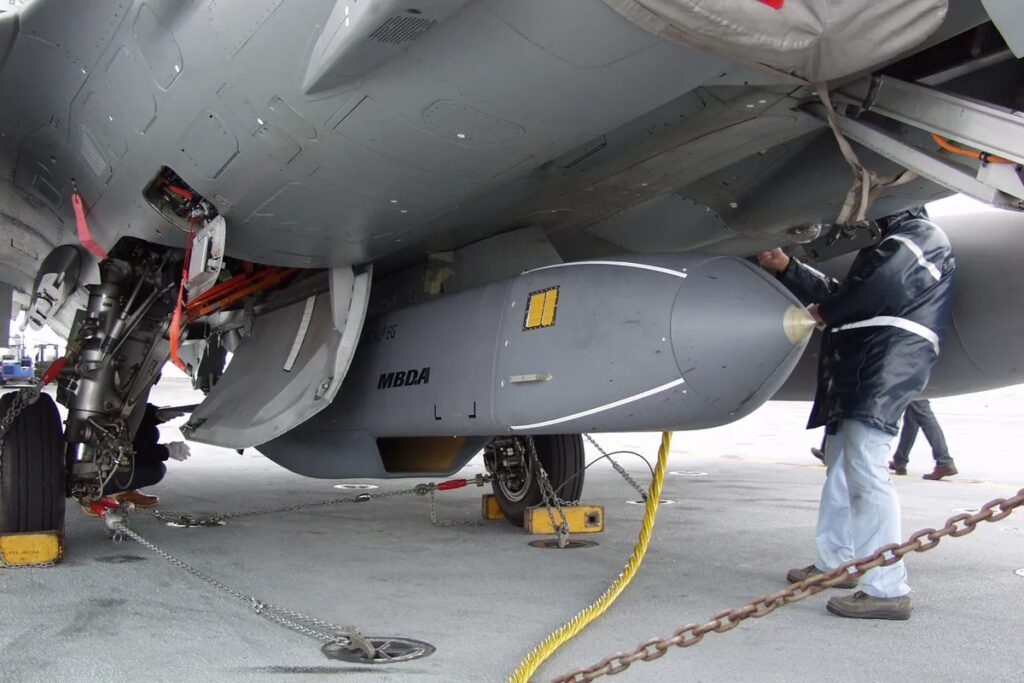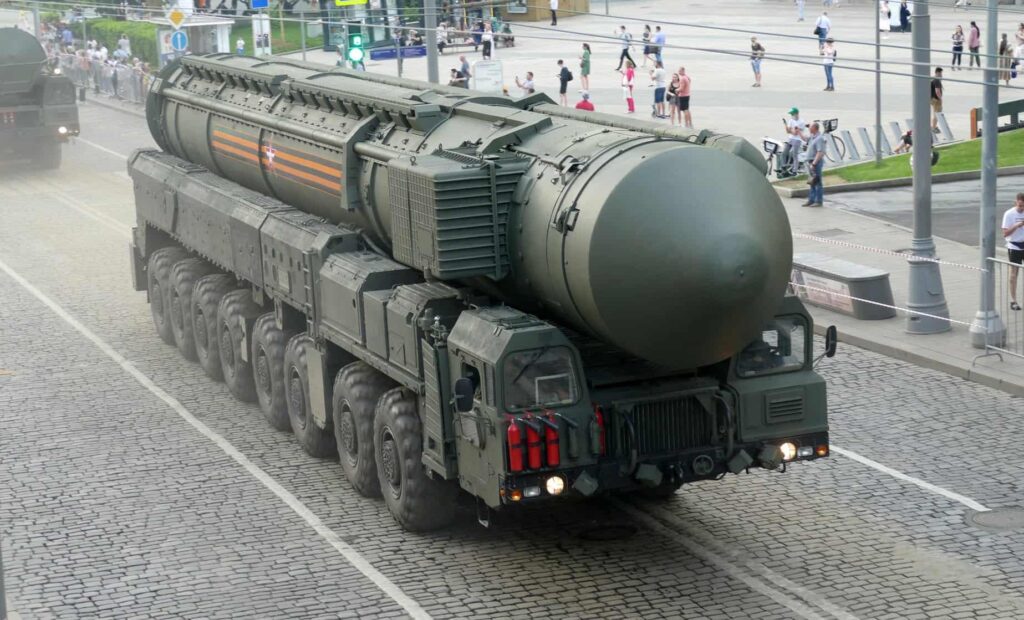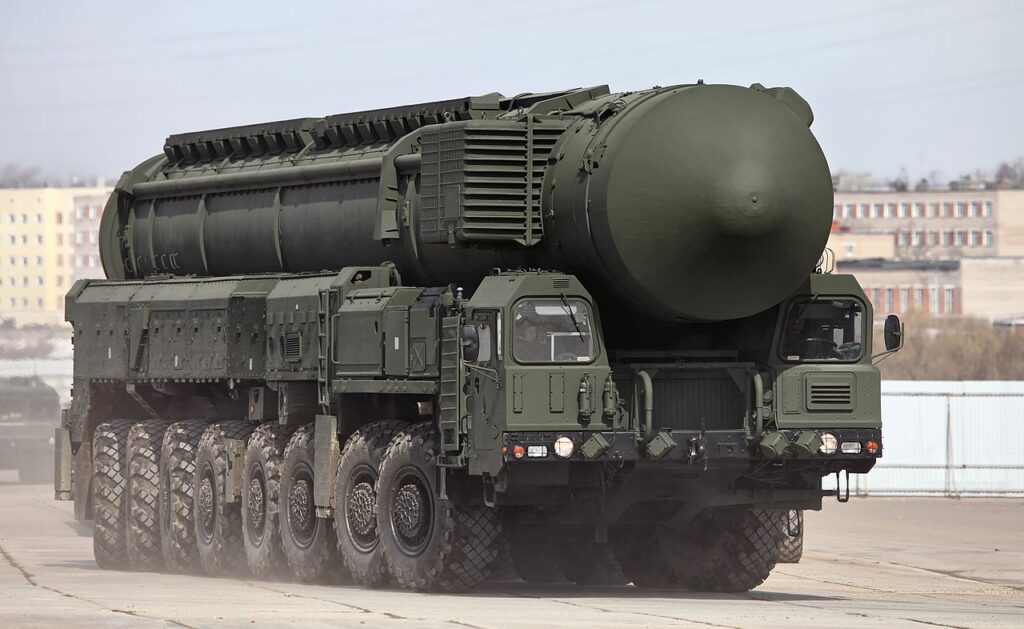Three years ago Ukraine bought Turkish drones—now it produces 4 million yearly, outpacing US

Ukraine has become a drone superpower, producing about 4 million unmanned aerial vehicles of various types each year. For comparison, some estimates put US military drone production at roughly 100,000 units per year, Bloomberg reports.
Ukraine’s drone era began with Turkish Bayraktar TB2s. Ukraine purchased its first Bayraktar TB2 unmanned aerial vehicles in 2019. These drones have significantly strengthened the capabilities of Kyiv's forces since the beginning of Russia's full-scale war. Today, Ukraine produces most of its drones itself with the support of its allies.
Ukraine's drone variety exceeds NATO arsenals
Now, Ukrainian companies, facing acute funding shortages, are eager to share their drone expertise and create safer production lines aimed at European armies that want to stockpile weapons.
“It’s not just the quantity of drones, it’s the variety. Probably more than all NATO countries combined right now," said RAND analyst Michael Bohnert.
That variety includes long-range strike drones, as well as inexpensive first-person-view (FPV) attack drones.
Increasingly, Ukrainian air defenses are also using interceptor drones. Ukraine and the UK plan to begin joint production of such drones in the coming months to counter swarms of Russian drones.
FlyWell wants $50 million to manufacture drones on European soil
- Some Ukrainian drone makers have already entered the EU market. For example, Skyeton opened a facility in Slovakia and has announced partnerships with Denmark and the UK. The company produces reconnaissance UAVs capable of flying for up to 24 hours.
- Another Ukrainian firm, TSIR, is now operating in Finland and is preparing to launch a production line for tactical quadcopters that can cover up to 15 kilometers and are used for reconnaissance and strikes along the front line, in a joint venture with Finnish partner Summa Defence Plc.
- FlyWell brings together several Ukrainian companies that produce aerial, ground, and maritime drones intended for reconnaissance and strikes on Russian targets from the front line to ranges of up to 2,000 kilometers. FlyWell plans to raise about $50 million to fund European manufacturing and R&D projects.
Currently, Summa Defence is self-funding production and has already created prototypes of three models that could enter mass production immediately after testing in Ukraine, CEO Yussi Holopainen said. Some of the output is intended for NATO countries, but Ukraine remains the priority.
Offices in Berlin and Copenhagen
Denmark allocated nearly $77 million this year to help Ukrainian arms manufacturers establish operations on its territory. The first project is expected to begin producing rocket fuel this year for Fire Point, a Ukrainian company developing the Flamingo cruise missile with a range of 3,000 kilometers.
Ukraine plans to open offices in Berlin and Copenhagen this year to market weapons, President Volodymyr Zelenskyy said on 3 November. This is about joint production and the export of weapons that Ukraine can afford to sell in order to raise funds for domestic production of scarce items that Kyiv currently lacks funding for.
Read also
-
Ukraine delivers $119 million in soft loans to 80 defense manufacturers, $112 million pending approval
-
Russia’s petrochemical plant, producing military polymers engulfed in flames after Ukrainian strike 300 km away from border
-
Russian information warfare escalates with fabricated MiG-31 hijacking plot targeting Romania and Ukraine




